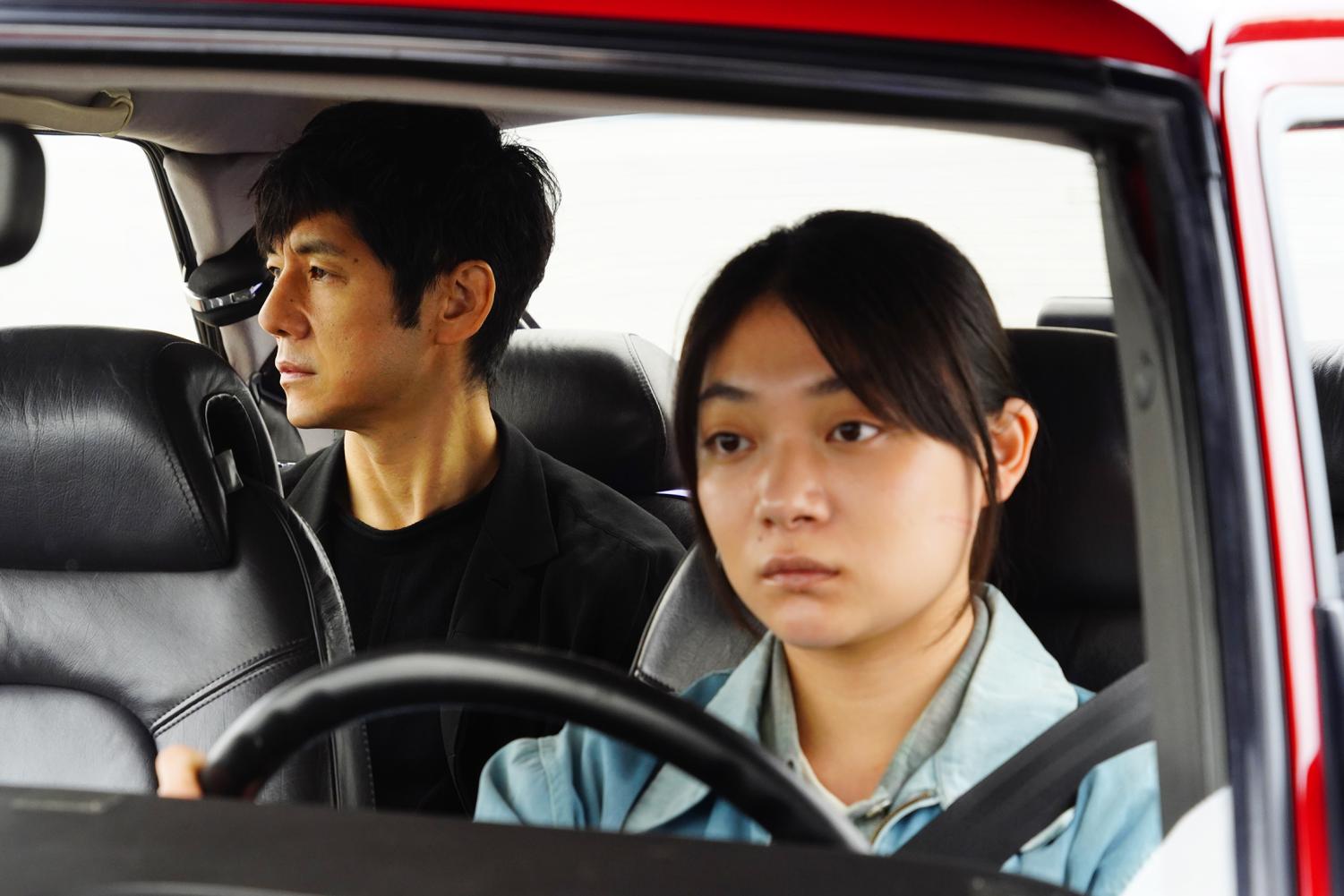‘Drive My Car’ is a modern Japanese masterpiece
February 15, 2022
Ryusuke Hamaguchi’s latest film, “Drive My Car,” could become the second foreign language film, after “Parasite’s” 2020 success, to win the Oscar for Best Picture, an accolade which the film would rightfully deserve.
“Drive My Car” lacks a singular definition, but instead is driven by a multitude of well-developed themes. The film is simultaneously about storytelling, sexuality and fidelity, grief and loss, theater, national identity and regrowth and communication – most specifically, multilingual communication.
The film begins with our protagonist Yūsuke Kafuku and his wife, as she details a potential script idea following a sexual experience, a tradition the two commonly practice. Meanwhile, Kafuku is a stage director.
Kafuku directs his plays, which feature a multilingual theme that is prevalent throughout the entire film, with actors speaking in various languages – including Korean, Japanese, Mandarin, English and sign language.
Two years following a massive shift in Kafuku’s personal life, the stage director takes up a residency in Hiroshima to put on the play “Uncle Vanya.”
In Hiroshima, he is then assigned the young female driver, Misaki Watari, who will drive his red Saab 900 for the following months.
Kafuku and Watari’s relationship begins to blossom, with the two reflecting on shared grief and trauma. Another central relationship between Kafuku and actor Kōji Takatsuki grows in complication.
These character dynamics drive the dramatic elements of the film, and develop Kafuku through his relationships.
One of the film’s biggest feats is the ability to seamlessly include an abundance of themes and plot pivots, while sustaining an engaging pace for such a long and dense movie.
With the film’s setting of Hiroshima, the city’s trauma is clearly addressed in a midplot scene. Misaki takes Kafuku to a location in town that she likes, showing him a garbage plant which is located near the A-Bomb memorial.
One series of shots shows a pile of garbage being lifted by a landfill claw, in the shape of the bomb. After the garbage is released, Misaki comments on the symbolic display, noting its visual parallel to snow; a reference to the atomic debris of a nuclear blast.
The director, Hamaguchi, utilizes a modern and sleek cinematography style and incorporates many lines, patterns and shapes into the film via unique modern architecture.
An example of this is in a subsequent scene, when the two characters talk at a harborside walkway, framed perfectly in lines implying these central characters’ thematic movement in the same direction.
Hamaguchi began his career in cinema in the early 2000s, first finding international acclaim within the past 10 years. Now, he has outstandingly positioned himself as a prominent voice in world cinema.
The film flourished at Cannes Film Festival 2021, most notably winning the award for Best Screenplay.
“Drive My Car” stands out as a masterpiece of world and modern Japanese cinema; a film that is slow but methodical, and thematically stacked while delivering on every level.
Follow Alec on Twitter @alec_maskell.
